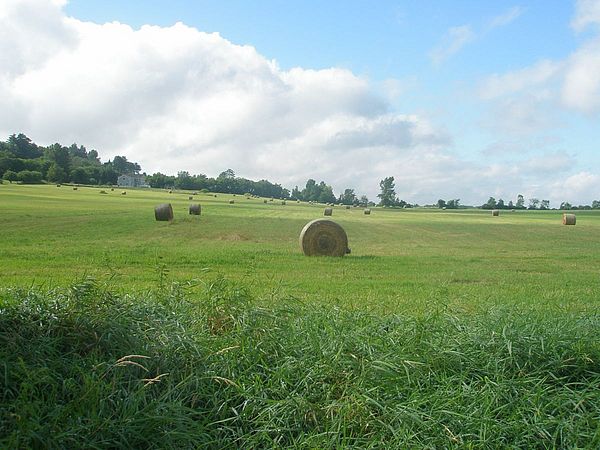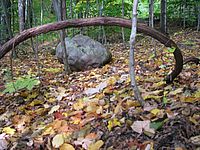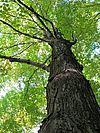
How to Conserve Land
How Does Conservation Work?
The most basic concept in understanding how conservation works is that the right to develop land is a right that can be sold or given away, separate from the land itself. Just as a landowner can transfer other rights (i.e. a right of way or right to access land, an easement to use space for a septic system, etc) and still retain ownership of the land itself, landowners can also give up the right to develop a property, but still retain the property.

What is a Conservation Easement?
When a landowner conserves land, he or she transfers the right to develop the land to a non-profit organization with a specific mission of accepting those development rights so that the land remains undeveloped in perpetuity. The legal mechanism that completes that transfer is called a conservation easement. The conservation easement specifies the permitted and restricted uses of the property, such as allowing agriculture, forestry or recreational use, but prohibiting future development or subdivision. In some cases, a very limited amount of subdivision may be allowed, but is limited to areas that do not impact the agricultural, natural or scenic resources that are present.
How Does A Landowner Benefit?
Landowners may sell their development rights for full appraised value, donate them, or sell them for less than full value (called a bargain sale). A property appraisal is done to determine these values. Landowners may be able to take a charitable deduction if development rights are donated to the conservation organization or sold at less than full value. In addition to the tax or monetary benefits of conservation, perhaps the greatest benefit for all for a landowner is seeing a special property protected and preserved into the future.

What are the Sources for Funding Conservation?
Money to fund the purchase of development rights can come from several sources, including fundraising and grants from foundations and the Vermont Housing and Conservation Board (a statewide program funded through receipts from the Property Transfer Tax) plus other state and federal programs. Charlotte is extremely fortunate to have a Conservation Fund that provides funds for projects within the Town. The Fund not only makes the difference in having adequate money to complete conservation projects, it also enables Charlotte to qualify for many grants that require local funding matches.
Project Selection Process
One of the tools CLT uses in reveiwing potential projects is a set of questions called “Project Selection Criteria” to guide the decision making and ranking of potential projects. In addition, CLT consults various resource maps for the Town of Charlotte such as those on Critical Wildlife Habitat, and Natural and Cultural Features with High Public Value.
Projects are assessed for consistency with the goals of:
- Compatability with the Charlotte Town Plan
- Preservation of Charlotte’s significant agricultural, natural and scenic resources
- Long term management of the terms of the conservation easements
CLT’s list of project selection criteria are used to ensure that:
- Land protection goals for location, type and context are met
- A pattern of conserved land is created throughout the town and for significant resource types
- Projects are financially feasible and within the capacity of CLT to complete and steward long term
- Landowner needs and wishes can be met

Conservation Counts!
Conservation can be a complicated process and this has been just a brief description of its most basic points. Conservation has had a profound and lasting impact on Charlotte by protecting our most important farmland, our most sensitive natural areas and wonderful recreational opportunities. Please contact us for more information.
